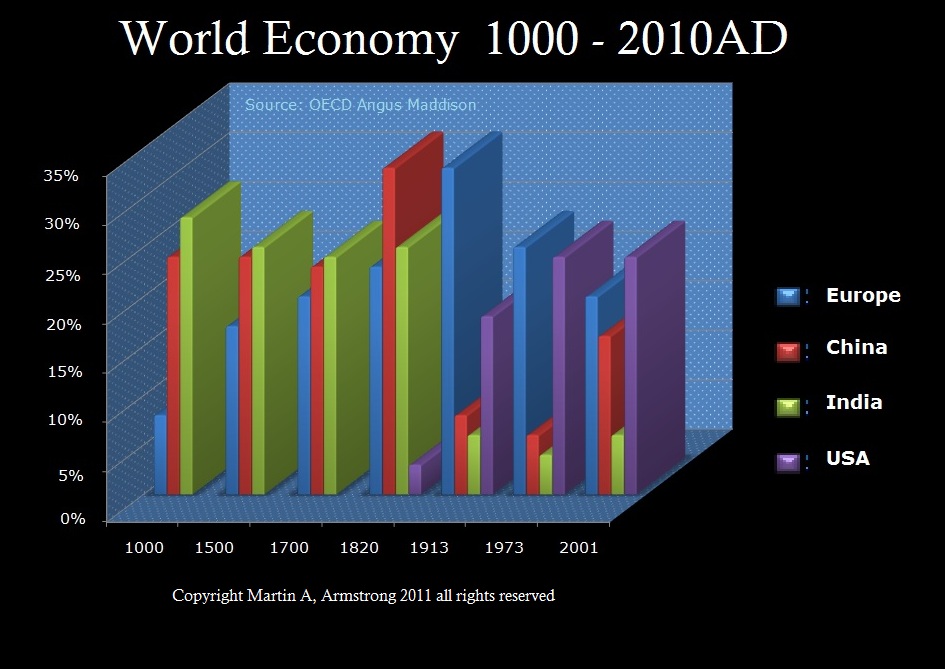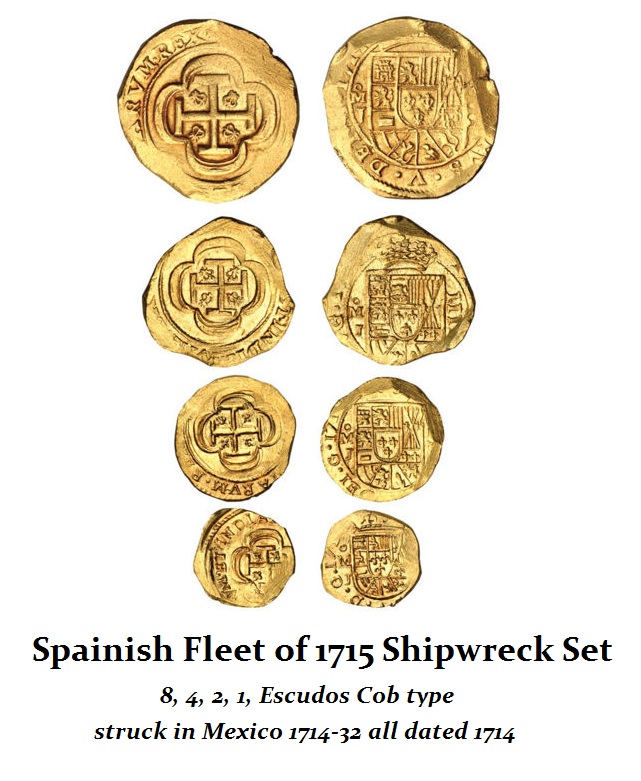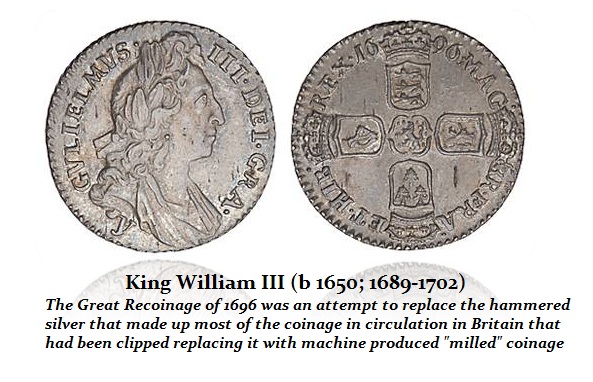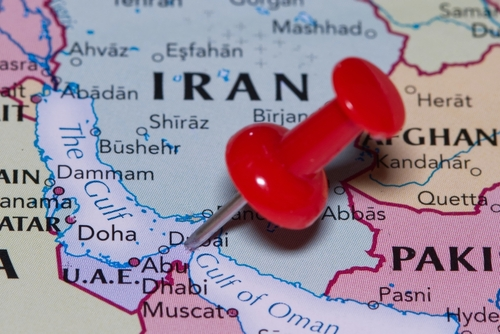QUESTION: Hi Martin
I am a follower of your blog.
I have a question on your post “Financial Capital of the World & Its Migration” dated 30th sep 2016.
I was looking at the graph where Y-axis indicates the scale of Economic Progress (in terms of % of world GDP) against time on X-axis.
The decline of China and India have been like a jump off the cliff. Why is it that it is not so in case of Europe?
I am guessing some component of your model is able to hold it up .Could you pls explain.
Again many thanks for your education.
AB
ANSWER: The reason for this is that we have treated Europe as a whole. The devil is always in the detail. The beginnings of the Portuguese Empire can be traced to July 25, 1415, when the Portuguese Armada set sail for the rich Islamic trading center of Ceuta in North Africa. The economy of Portugal was centered in trade, raw materials, and related activities within its vast colonial possessions, mainly in Asia (spices, silk, dyes, porcelain and gems), Africa (ivory, timber, oil and diamonds), and South America (sugar cane, dyes, woods and gold). The country, with a transcontinental empire with plenty of natural resources and vast unexploited areas, was among the most powerful nations in the world. Spain really became a country only in 1492 with the merger of two crowns by the marriage of Ferdinand and Isabella.
From 1580 to 1640, the crown of Spain was also the ruler of the Portuguese Empire and its wealth. This was accomplished through a dynastic union referred to as the Iberian Union. The Iberian Union opened to both countries a worldwide span of control. Portugal dominated the African and Asian coasts surrounding the Indian Ocean, while Spain held the Pacific Ocean and both sides of Central and South America. Therefore, Spain then displaced Portugal as the financial capitol of the world.

The Spanish Inquisition led to the flight of the Jews to the Netherlands. They took with them the accounting and trading skills. This is why Amsterdam became the financial capitol of the world, equipped with the first bank as well as insurance. This is where the modern financial markets actually began to take shape.
The English Civil War and the hatred of the Pope and Catholics led them to invite William of Orange to become King of England. He brought the Dutch way of doing finance to Britain in 1688, and that began the process of shifting the capitol to London. That lasted until 1914, when it passed to the United States following World War I.












